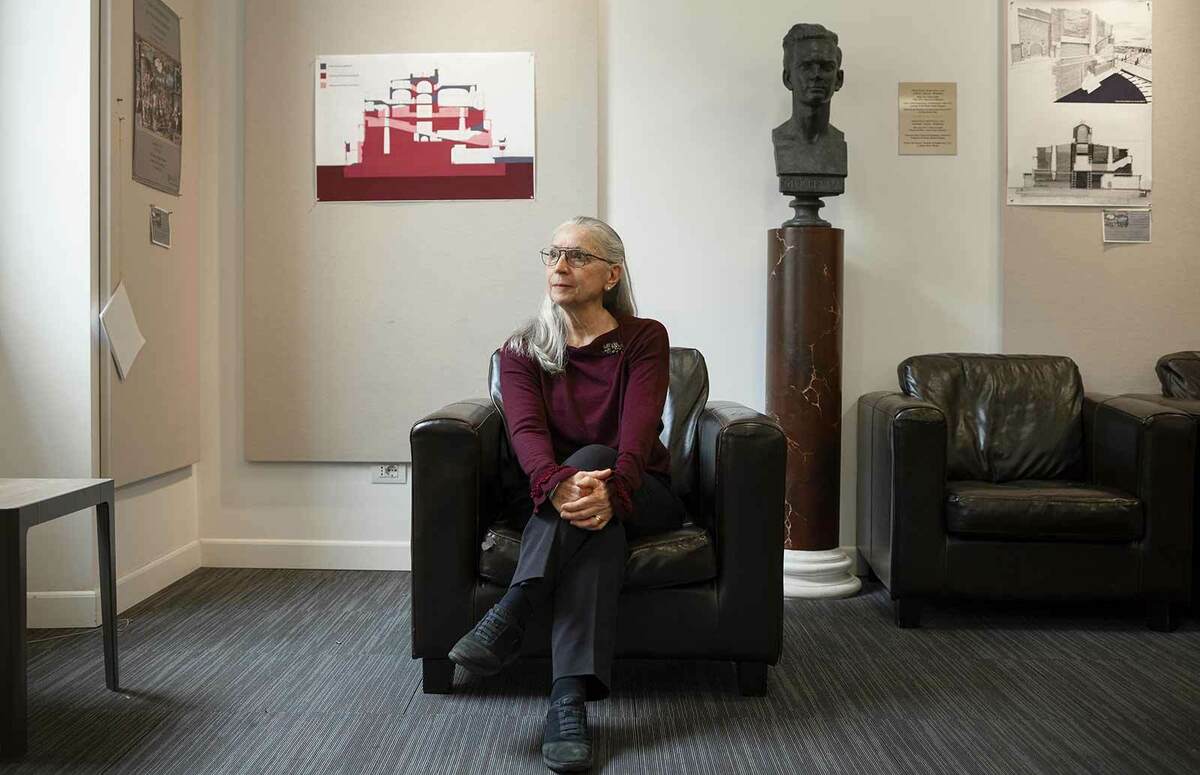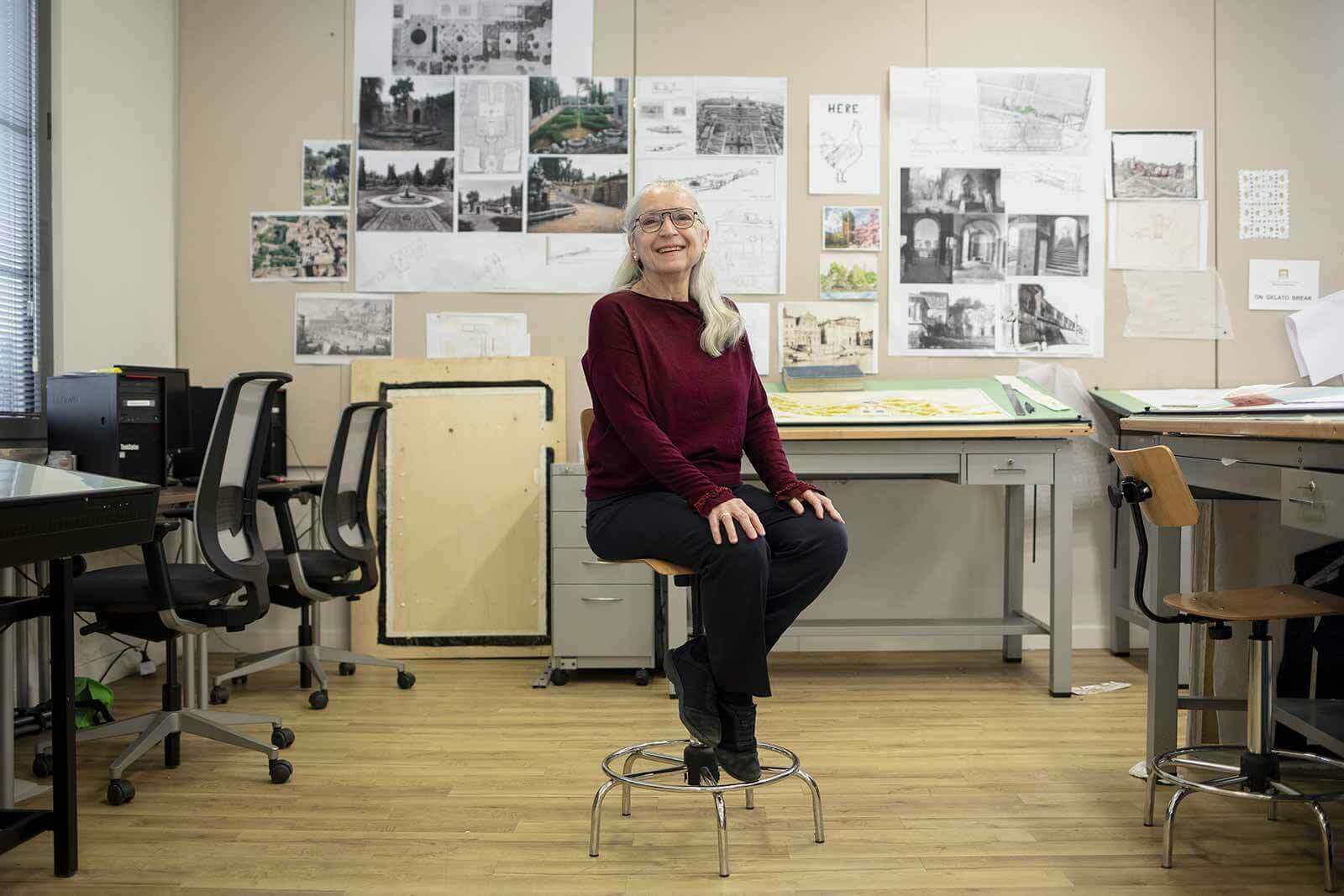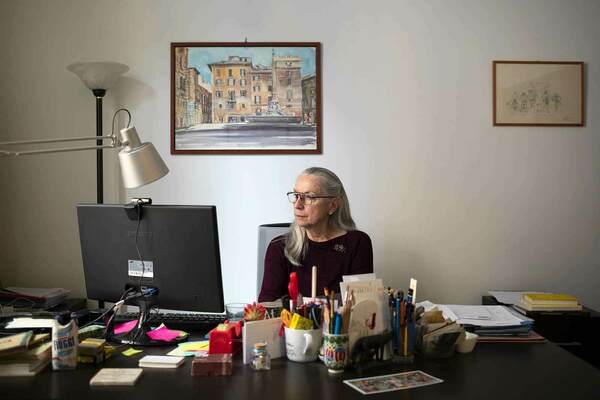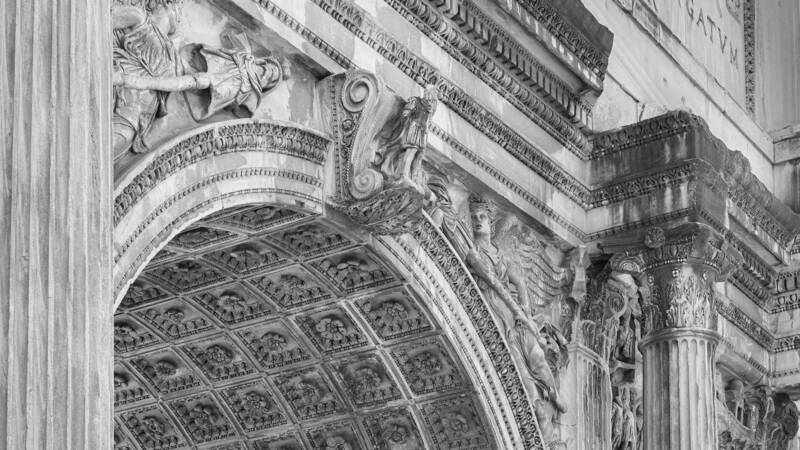
Speaking the Language
Giovanna Lenzi-Sandusky
School of Architecture
“Where are you from?”
Most of us answer this question in a few words, referencing proximity to a major city or well-known region in which we spent the majority of our early lives.
For Giovanna Lenzi-Sandusky, the answer is a bit more complicated. The onetime winner of the University’s Kaneb Teaching Award for excellence in undergraduate teaching is the daughter of an Italian diplomat, and spent her early years moving to various far-flung locations where her father was stationed: Iran, Pakistan, Greece and Japan, to name a few.
Still, Lenzi-Sandusky has an unmistakable cultural identity, even if confirmation of the fact came a bit later in life.
“Italian to the core,” she says.
“Teaching languages gives you a lot of flexibility because you can talk about so many things: history, current events, food, art and the changing society.”
Lenzi-Sandusky grew up all over the world, returning with her family to Italy every couple of years. She would attend American schools with people from all over, a truly international education in every sense that cultivated a rich curiosity about the things that help to ground the human experience. Ultimately, this curiosity gave way to passions in her life that remain to this day.
“I began university thinking that I might either go into languages or art history,” she says. “Those were the two areas that were strong in me because living abroad, those were the vehicles by which I managed to stay in touch with where I was.”
Lenzi-Sandusky would take a faculty appointment, along with her American husband, at Saint Mary’s College. She began by teaching art history, but soon a new opportunity arose. Thomas Gordon Smith, then the chair of Notre Dame’s School of Architecture, approached Lenzi-Sandusky about teaching Italian to his students. It was becoming apparent to Smith that students would get more out of the Rome Studies Program — a full year of studies in the Eternal City, the only foreign studies program among American university architecture schools required for all students — if they knew some Italian. But not just verbs and tenses and common phrases. Smith wanted the students to learn Italian the way Lenzi-Sandusky was uniquely qualified to teach it.

“I was given the freedom to not only teach them the language, but give them a foundation for understanding the culture,” she recalls. “Teaching languages gives you a lot of flexibility because you can talk about so many things: history, current events, food, art and the changing society.”
To do that, Lenzi-Sandusky began supplementing the traditional aims of language instruction with results-driven practical application.
“Many people have now [because of the pandemic] pulled back and have realized that maybe it’s okay to live a simpler life and have fewer things, and think of a better future, how to fix things and make things better for everyone.”
“You have to get around trying to have proper form and let yourself learn from the person you’re speaking with,” she explains. “Listen. Watch. It’s not a little puzzle we fill our brains with. If we do that, we might be good readers and writers, but not communicators.”
Lenzi-Sandusky taught on campus at Notre Dame for 30 years. In 2016, she was offered a role with the School of Architecture’s program in Rome. As part of this role, she would still teach Italian, but now with the benefit of real-world context right outside the classroom walls. That is, when the classroom has walls at all.
“I take the class on walks that they wouldn’t necessarily take on their regular classes,” she says. “And in so doing, I give them the confidence to understand that they can walk around, walk into places, ask for things and listen and realize that they know more than they think they know. They think they have to have a whole conversation ready before they approach someone but that’s not the case.”
This kind of facilitation of the educational experience for architecture students in Rome is an apt microcosm for Lenzi-Sandusky’s larger role there. She’s a bridge-builder, someone who actualizes the potential of the University’s presence in Rome by closing the gap between the desires of research and pedagogy, and the demands of practical action. She helps to take the proposal that lives only on paper or the idea that exists in theory, and turn it into the project that bolsters a portfolio, or the research that enhances understanding and preservation.

This work takes various forms depending on the need. Usually it means carefully cultivating a relationship between the University and another entity in Rome, the results of which give students and faculty greater access to places and works. One of the first units Lenzi-Sandusky assisted was the School of Architecture’s Digital Historical Architectural Research and Material Analysis Laboratory (DHARMA). This team works on documenting historic monuments and buildings around the world using state-of-the-art equipment. The digital assessments are translated into 3D models that will provide essential information to best preserve and restore these sites in the future. In Rome, DHARMA is working to document the Forum and Vatican Belvedere.

Forging the kinds of relationships required for these projects is delicate, often slow-moving work, Lenzi-Sandusky says. It’s a balance between showcasing the expertise and technological resources the University can bring to bear on a given endeavor while also providing assurances that the students and faculty understand the significance of the access being requested. Threading that needle is often a job best suited for an Italian.
“That’s when I realize I’m Italian to the core,” Lenzi-Sandusky says. “I understand how to give them the confidence that I’m not going to be someone who’s going to ask, ask, ask and leave with the work.
“I have to be sensitive and realize when it is something that is truly fundamental for a student or a professor. If they want to do it just to do it, you can sever relationships that way.”
The documentation work undertaken as part of DHARMA hints at one of the larger themes architecture students explore as part of the Rome Studies Program: sustainability. Rome is famous for its remarkable use of livable spaces and stewardship of resources and materials. It helps to give the city its timeless quality, preserving its charm and history while ensuring the common good of future generations is taken into account. As Lenzi-Sandusky puts it, it’s a more profound expression of the phrase oft-repeated during the pandemic: “We’re all in this together.”
“We have to all do this together, no matter where you’re from, because it’s not about achieving our own personal gains,” she says.
“Many people have now [because of the pandemic] pulled back and have realized that maybe it’s okay to live a simpler life and have fewer things, and think of a better future, how to fix things and make things better for everyone.”
